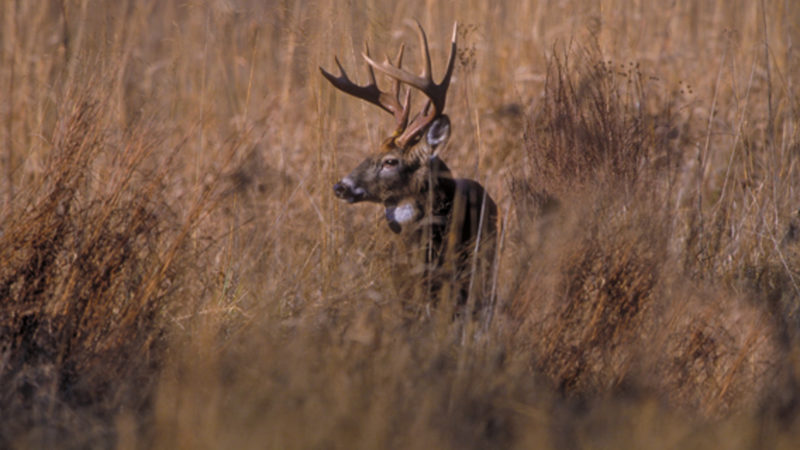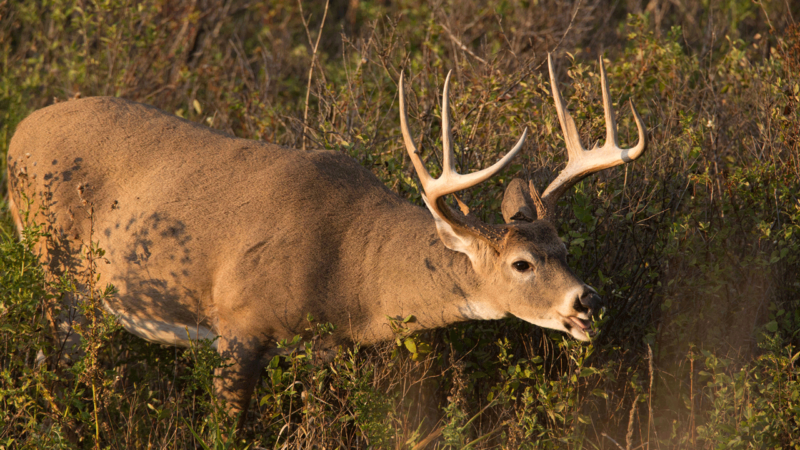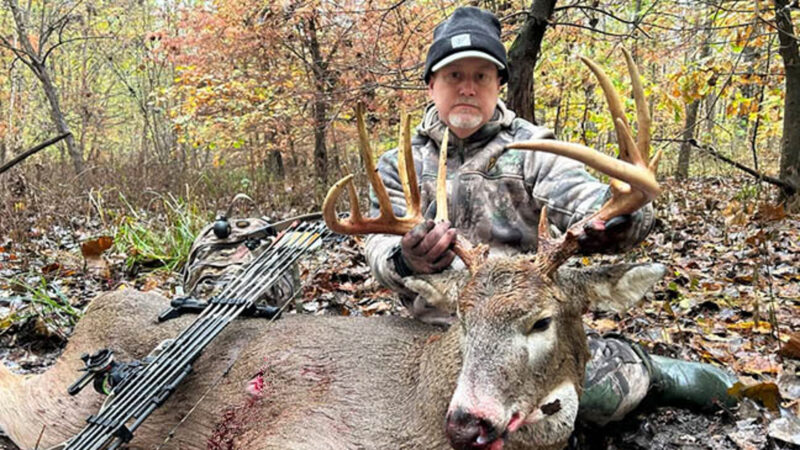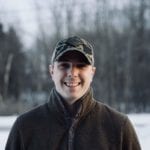Is there a difference between seclusion and cover? If so, which one do deer prefer? Seclusion is what I like to call “off the beaten path.” Maybe the beginning portions of the huntable acres are a half mile from the road, or tucked away deep in a valley that takes a bend far away from noise or human activity. That is seclusion. Although the property I just described might not have great cover, it’s secluded and may still see great daylight deer movement during hunting season.
Deer cover consists of thick saplings, grasses, downed trees, different stages of re-growth or clearcut, and areas with escape routes from a deer’s bed. Just because a property has good cover, doesn’t mean its secluded enough to see good deer movement. A property with great cover might be in a busy area next to roads, a county fairground, or near a school where movement is subdued. Where your property is located and how deer perceive danger will determine daylight movement.

Advantages of Seclusion
If I had to pick the perfect hunting property, of course I would choose a secluded hunting property with fall cover and food, far away from roads, houses, or other human induced noises. Sounds about perfect right? The problem is, it’s rare to find a hunting property that has a perfect balance of seclusion, food options, and great deer cover.
Reduced human activity and intrusion levels are the advantages of finding and hunting secluded lands. Deer like it too. Some properties, especially in hilly terrain, bend and turn a lot which creates awesome tucked away fields. If your neighbor’s land isn’t disproportionately loaded with food and better cover, properties like this can allow you to get away with not having the best fall cover because deer may still enter fields in daylight if they are secluded enough, far away from human activities. Areas like that can be great for early and late season when food is king.
Does it Have Cover?
Once you’re in a secluded hunting neighborhood, the challenge becomes centered around fall deer cover and food. The problem of hunting a property that is in a secluded neighborhood is that your neighbor’s land is also probably ‘out in the boonies’ – but could have better food and cover.
This could result in your neighbor’s land holding more deer and experiencing more daylight movement. Jared Mills told me “I think does tend to put up with a little more intrusion than a mature buck will, so making sure I have good access and I’m being smart about when I go in is another way to make sure bucks are comfortable.”
Once you find a secluded hunting property, you need to find areas where deer will move in daylight. Where, when, and how deer move in daylight on secluded land can be dependent on the region you hunt. It also depends on your definition of seclusion. A winding cul du sac neighborhood in a metro area where each house owns 4 acres could be considered secluded as compared to busy streets outside tucked away neighborhoods.
To someone living in Los Angeles, a relatively quiet midwestern town like Green Bay, Wisconsin might feel extremely low-key and ‘out-of-the-way’, whereas someone living on the outskirts of Green Bay might think Green Bay is a bustling city and way too busy.
Someone in rural Iowa or Kansas might think a metro hunting situation resembles a busy shopping mall. Definitions vary by region, it’s all relative. Regardless, deer need to feel safe to move in daylight.

Perception is Reality for Deer
If deer feel safe, they will move, and you stand a chance at killing them. In the suburbs of some of America’s largest cities, deer feel safe and will travel in daylight. Hunters in these areas can take advantage of this and kill monster suburban whitetails.
Conversely, deer in extremely remote areas may not put up with much human pressure at all and shift their daylight patterns extremely fast due to the availability of food and cover in other nearby remote places. If deer perceive danger, they will use their instincts to the nth degree and it will become more difficult to hunt them.
Ben Rising puts emphasis on fall cover and said, “A big deer will travel at night to eat if he can, but he will bed where he feels safe in the daytime.” If deer perceive danger, that is their reality.

Which is Better?
There is no straight answer. I’ve walked some properties that have it all and you can see why they are successful. Other lands lack certain needs like fall cover but have seclusion playing in their favor. Let’s put it this way – if your property has one thing but not the other, does it really matter if you’re meeting your objectives and killing deer you want to target? To meet every need of a whitetail, you need to fill the lowest hole in the bucket.

 By
By 



